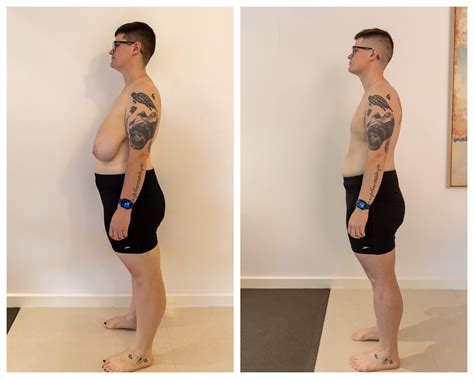How Long After Top Surgery Can I Workout
Ronan Farrow
Apr 05, 2025 · 3 min read

Table of Contents
How Long After Top Surgery Can I Workout? A Guide to Recovery and Exercise
Top surgery, also known as chest reconstruction surgery, is a significant procedure with a recovery period that requires careful attention. Returning to your fitness routine too soon can hinder healing and potentially lead to complications. This guide provides information on when you can safely resume workouts after top surgery, emphasizing the importance of listening to your body and following your surgeon's instructions.
Understanding the Recovery Process
The recovery timeline after top surgery varies depending on several factors, including the type of surgery performed (double incision, periareolar, etc.), individual healing rates, and adherence to post-operative care instructions. Generally, the initial recovery period involves significant rest and minimal physical activity. Your surgeon will provide specific guidelines, but you can expect limitations on strenuous activity for several weeks, possibly even months.
Phase 1: The Immediate Post-Op Period (Weeks 1-4)
This phase focuses on wound healing and pain management. You'll likely experience discomfort, swelling, and some bruising. Activities during this phase are extremely limited. This may include:
- Minimal movement: Gentle range-of-motion exercises as instructed by your physical therapist.
- Rest: Prioritizing rest is crucial for optimal healing.
- Pain management: Following your doctor's prescribed pain management plan.
- Avoiding strenuous activity: Absolutely no lifting, pushing, or pulling.
Phase 2: Gradual Return to Activity (Weeks 4-8)
As healing progresses, you can slowly begin to incorporate some light activities. Remember, this is a gradual process. Pushing yourself too hard can lead to complications like seroma formation or wound dehiscence. Activities might include:
- Short walks: Begin with very short walks, gradually increasing the duration and intensity.
- Gentle stretches: Continue with range-of-motion exercises guided by your physical therapist.
- Light upper body exercises: Only when cleared by your surgeon and with extreme caution. Start with very light weights or resistance bands, focusing on very low repetitions.
Phase 3: Return to More Vigorous Exercise (Weeks 8-12 and Beyond)
After the initial 8 weeks, and with your surgeon's approval, you may gradually increase the intensity and duration of your workouts. However, remember that full recovery can take several months or even longer. Consider these guidelines:
- Listen to your body: Pain is a crucial indicator. Stop if you feel pain.
- Progressive overload: Gradually increase the intensity and duration of your workouts.
- Avoid high-impact exercises: Avoid activities that put significant stress on your chest muscles.
- Proper form: Maintain proper form during all exercises to prevent injury.
- Consult your surgeon: Regularly check in with your surgeon to monitor your progress and get clearance for specific activities.
Types of Exercise to Avoid (Initially and Potentially Long-Term)
Certain exercises should be avoided, especially during the early stages of recovery. This includes:
- Weightlifting: Heavy weightlifting, especially bench presses and other chest exercises, should be avoided until your surgeon gives you the all-clear.
- High-impact cardio: Activities like running, jumping jacks, and burpees can put excessive strain on your incision sites.
- Contact sports: Any activity that risks impact to your chest should be avoided until your surgeon gives you the all-clear.
When to Contact Your Doctor
It's crucial to contact your doctor immediately if you experience any of the following:
- Increased pain
- Excessive swelling or bruising
- Redness or discharge from the incision sites
- Fever
- Opening or separation of the incision
Patience and Consistency are Key
Recovering from top surgery takes time and patience. Listen to your body, follow your surgeon's instructions diligently, and celebrate your progress. By following these guidelines, you can safely and effectively return to your fitness routine while ensuring a full and healthy recovery. Remember to always prioritize your health and safety. Consulting your surgeon or physical therapist is the best way to determine the appropriate time to resume specific exercises.
Featured Posts
Also read the following articles
| Article Title | Date |
|---|---|
| How Long Does It Take For A Thermostat To Adjust | Apr 05, 2025 |
| How Long Can A Diesel Truck Idle | Apr 05, 2025 |
| How Long Does It Take To Change 1 Tire | Apr 05, 2025 |
| How Large Of A Maple Tree Can Be Transplanted | Apr 05, 2025 |
| How Long After Taking Ativan Can I Drink | Apr 05, 2025 |
Latest Posts
Thank you for visiting our website which covers about How Long After Top Surgery Can I Workout . We hope the information provided has been useful to you. Feel free to contact us if you have any questions or need further assistance. See you next time and don't miss to bookmark.
